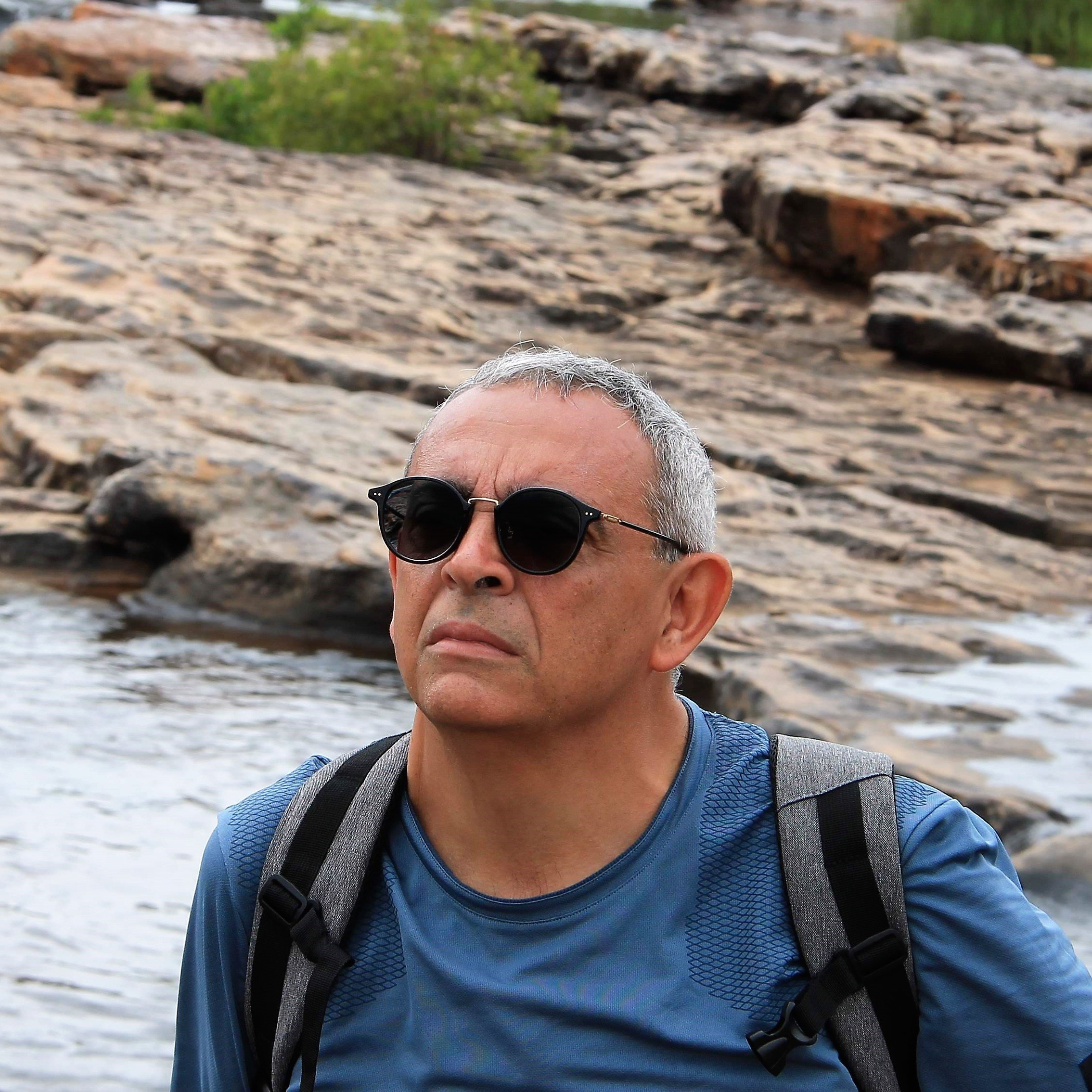Geophysical Surveys for Heritage and Archaeology
A special issue of Heritage (ISSN 2571-9408).
Deadline for manuscript submissions: closed (1 June 2023) | Viewed by 26191
Special Issue Editors
Interests: geophysical survey; archaeological prospection; electrical resistivity tomography; inversion; seismic
Special Issues, Collections and Topics in MDPI journals
Interests: geophysical survey; archaeological prospection; seismic; site effect; ambient noise; microtremor
Special Issues, Collections and Topics in MDPI journals
Special Issue Information
Dear Colleagues,
The present availability of high-resolution geophysical techniques and their integrated use allows multiscale and multitemporal approaches in the study of archaeological sites and cultural heritage. In the recent past, various geophysical techniques—such as magnetometry, ground-penetrating radar, and electrical resistivity tomography—have proven useful to detect buried archaeological structures or to diagnose the state of conservation of parts of monumental buildings. In some cases, these techniques provide an accurate plan of archaeological remains, offering sufficient information for cultural resource management purposes. Geophysical surveys can now be integrated with various high-resolution remote sensing techniques, including satellite (optical and radar data), aerial (photogrammetry, infrared thermography and lidar data), airplanes, and UAVs, as well as ground-based techniques (DGPS topographic surveys). UAV produces high-resolution digital surface models (DSMs) of archaeological sites and allows reference maps to be constituted for better planning of geophysical prospections. It also enables the 3D reconstruction of archaeological objects. Furthermore, we note the increasingly frequent use of drones for the low-altitude acquisition of electromagnetic and magnetometric data; the increasing popularity of drones is due to their high acquisition speed. In addition, the development of microgeophysical techniques has allowed us to adapt some geophysical methods to indoor investigations of small-scale structures of heritage buildings, such as floors, walls, pillars, and columns. The most frequently used non-invasive methods used indoors are ground-penetrating radar, infrared thermography, sonic and ultrasonic surveys, and microwave reflectometry. However, the efficacy of these investigations may require the contemporary use of higher resolution remote sensing techniques such as the terrestrial laser scanner. This Special Issue aims to summarize the state of the art in the topics discussed here, by presenting a number of papers focused on the application of different geophysical techniques; included research will be supported by remote sensing data, introduce novel instrumentation and new data processing approaches, and will be oriented toward the development of archaeological target characterization and to cultural heritage diagnosis and conservation.
Dr. Raffaele Martorana
Dr. Patrizia Capizzi
Guest Editors
Manuscript Submission Information
Manuscripts should be submitted online at www.mdpi.com by registering and logging in to this website. Once you are registered, click here to go to the submission form. Manuscripts can be submitted until the deadline. All submissions that pass pre-check are peer-reviewed. Accepted papers will be published continuously in the journal (as soon as accepted) and will be listed together on the special issue website. Research articles, review articles as well as short communications are invited. For planned papers, a title and short abstract (about 100 words) can be sent to the Editorial Office for announcement on this website.
Submitted manuscripts should not have been published previously, nor be under consideration for publication elsewhere (except conference proceedings papers). All manuscripts are thoroughly refereed through a single-blind peer-review process. A guide for authors and other relevant information for submission of manuscripts is available on the Instructions for Authors page. Heritage is an international peer-reviewed open access monthly journal published by MDPI.
Please visit the Instructions for Authors page before submitting a manuscript. The Article Processing Charge (APC) for publication in this open access journal is 1600 CHF (Swiss Francs). Submitted papers should be well formatted and use good English. Authors may use MDPI's English editing service prior to publication or during author revisions.






